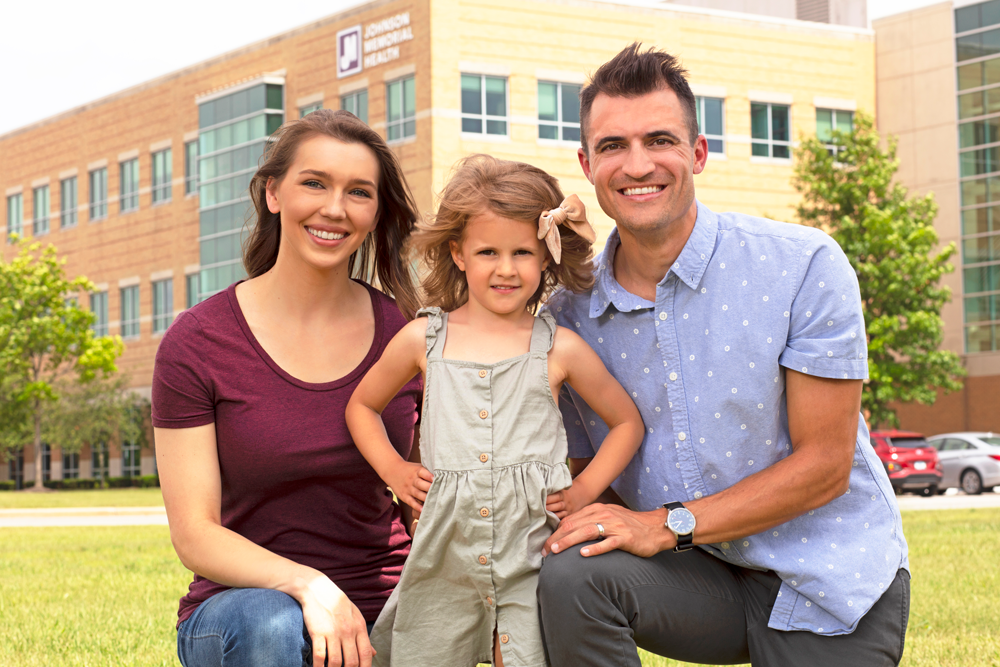Stroke: First aid
A stroke happens when there's bleeding into the brain or when blood flow to the brain is blocked. When brain cells are deprived of essential nutrients, they start dying within minutes.
Seek immediate medical help. A stroke is a true emergency. The sooner treatment is given, the more likely it is that damage can be minimized. Every moment counts.
In the event of a possible stroke, use F.A.S.T. to help remember warning signs.
- Face. Does the face droop on one side when the person tries to smile?
- Arms. Is one arm lower when the person tries to raise both arms?
- Speech. Can the person repeat a simple sentence? Is speech slurred or hard to understand?
- Time. During a stroke every minute counts. If you see any of these signs, call 911 or your local emergency number right away.
Other signs and symptoms of a stroke, which come on suddenly, include:
- Weakness or numbness on one side of the body, including the face, arm or leg.
- Dimness, blurring or loss of vision, particularly in one eye. Or sudden double vision.
- Sudden, severe headache with no clear cause.
- Unexplained dizziness, unsteadiness or a sudden fall. Especially if dizziness is accompanied by any of the other signs or symptoms.
Having a stroke puts you at higher risk of having another. Risk factors also include having high blood pressure, smoking, having diabetes and having heart disease. Your risk of stroke increases as you age.



